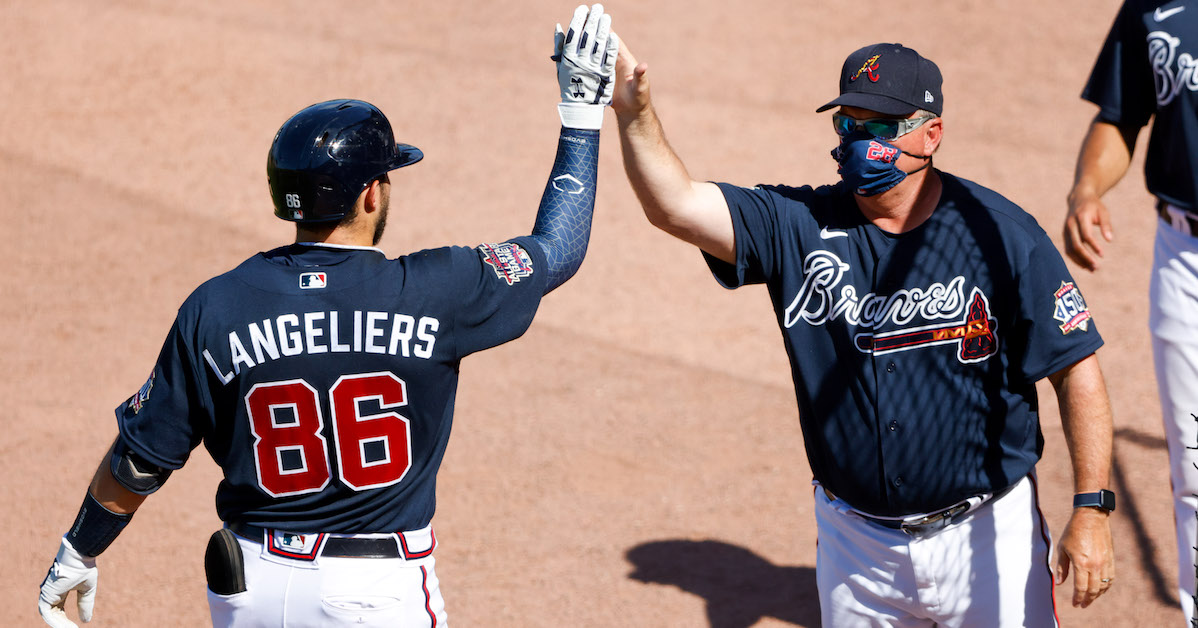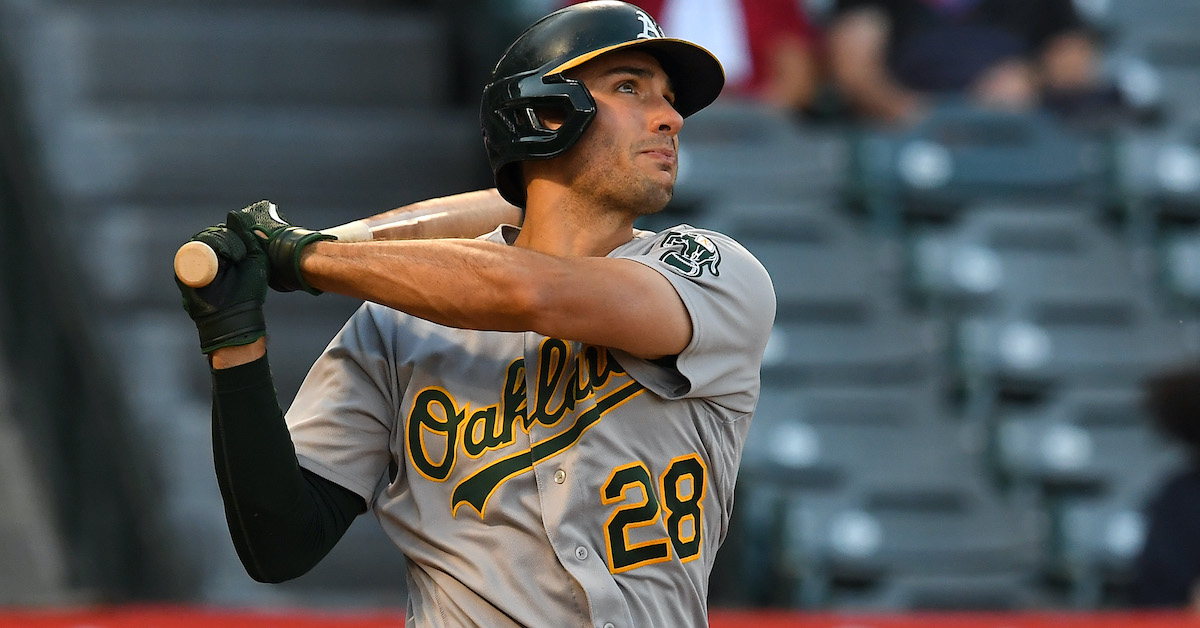The Brewers Get Their DH in Andrew McCutchen

Last year, the Brewers, buoyed by their phenomenal pitching staff, easily won the National League Central in what was their fourth consecutive postseason appearance. But those four playoff teams all had the same flaw, one that led to October frustration: a weak offense that struggled to score runs consistently. The Brewers 2018 roster was the last unit to post a wRC+ at or above league average (they were right at 100); since then, they’ve put up marks of 97, 89, and 91. To address those run scoring issues, the Brewers have been focused on adding some firepower to their lineup this offseason. They traded for Hunter Renfroe and Mike Brosseau before the owners’ lockout, and on Monday, they reportedly brought Andrew McCutchen into the fold. (The details of his deal have not been disclosed as of publication.)
From 2009-17, McCutchen made a name for himself as a member of the division-rival Pirates. Traded before the 2018 season, he spent time that year with the Giants and Yankees before signing a three-year, $50 million deal with the Phillies prior to the ’19 season. He accumulated 2.5 WAR during his Phillies tenure, a stretch that saw him deal with a torn ACL and the pandemic. Entering his age-35 season, McCutchen has clearly declined from his peak, but he should continue to provide solid production for the Brewers as they shore up their lineup.
Last season, McCutchen posted an almost aesthetically perfect .222/.334/.444 slash line that ended up being seven percent better than league average. A career 12.2% walk rate gives him a solid offensive floor and his power production bounced back a bit after a slight dip in 2020. His plate discipline is a clear strength that hasn’t deteriorated. His 18.6% chase rate was the seventh lowest among all qualified batters last year. He did just post the highest strikeout rate of his career, with a corresponding jump in his swinging strike rate (up to 10%). But those additional strikeouts weren’t the result of poor swing decisions; instead, he had trouble making consistent contact, particularly with two strikes. McCutchen struck out 43.6% of the time when a plate appearance reached a two-strike count, a huge jump from the 35% rate he had posted over the previous four years. Read the rest of this entry »







